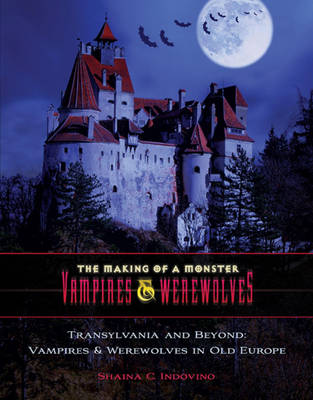The Making of a Monster: Vampires & Were
2 total works
For thousands of years, werewolves and vampires have inhabited the myths and legends of people around the world. Could it be that these nightmarish creatures are actually based on reality? Are there actual medical conditions or observable phenomena that would have led people to believe that the dead were rising from their graves to drink the blood of the living or that humans could transform into wolves? What are the facts behind the fangs? Modern science and psychology offers clues to the reality behind the myths, with case studies of real-life vampires and descriptions of medical conditions that could be the origin of the legend of the werewolf. Where science and superstition intersect, it's hard to separate the humans from the monsters!
From the steaming jungles of the Amazon, to the ice-bound Arctic, the Sonora Desert, and the dark forests of the Appalachian Mountains-North, Central, and South America have their own unique varieties of vampires and shape-shifting man-beasts. A rich tradition of frightening myths and ghastly folk tales going back centuries before the Europeans came to the New World, blending with the folklore of newer immigrants, and rising like an eerie mist from the fertile mix of American cultures, our part of the world has no shortage of blood-drinking monsters and werewolves. Native Americans told tales of night-stalking corpses rising from their graves, the Ancient Aztecs with their blood-soaked cosmology left a legacy of terror tales to modern Mexico, and the howling of wolves (or is it the loup garou?) still pierces the bitter Quebec night.

